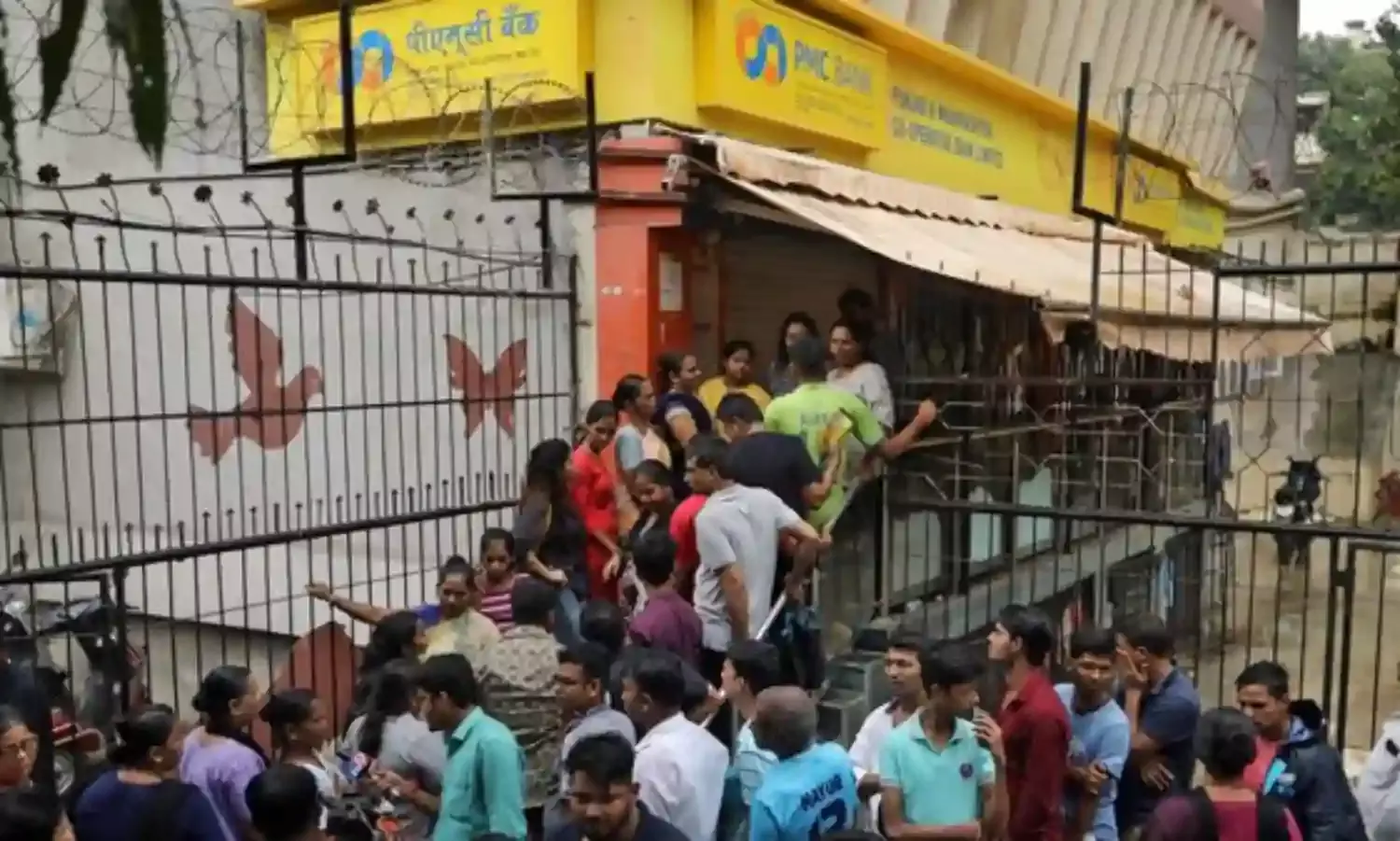‘Angry at RBI’ - PMC Bank Crisis Escalates
Three deaths -- two heart attacks, and one suicide as bank crisis escalates
With the deaths of three account holders being reported over the span of 24 hours in Mumbai, the Punjab Maharashtra Co-operative (PMC) Bank crisis has escalated. Sanjay Gulati, who succumbed to a massive heart attack post returning from a protest against the withdrawal restrictions imposed by the Reserve Bank of India (RBI), was allegedly the first victim.
A former employee with Jet Airways, Gulati had been facing immense financial difficulties post the collapse of the airline. His life savings, amounting to Rs. 90 lakhs, were deposited in PMC Bank. However, with the bank coming under the scanner due to financial irregularities, Gulati, along with other account holders, was unable to access his savings.
According to Devidas Tuljapurkar, Joint Secretary of All India Bank Employees Association, Gulati’s son with special needs had to be taken out of school due to the family’s financial stress.
Fattomal Punjabi, another PMC account holder, was the second alleged victim of the financial crisis, also dying of a cardiac arrest. The third reported death is of Dr. Nivedita Bijlani who, with deposits of over 1 crore in PMC Bank, died by suicide. Police has however, denied a link between the suicide and the PMC Bank crisis.
On September 24, the Reserve Bank of India placed PMC Bank under regulatory restrictions for six months, post the surfacing of financial irregularities. RBI further limited depositor withdrawal to Rs. 1,000 initially, raising it in stages to the current Rs. 40,000.
“The poor customers, they are on the roads. They are unable to meet their daily expenses and are very perturbed,” Tuljapurkar told The Citizen. “They are angry and very very upset, mainly against the Reserve Bank of India,” he said.
PMC Bank advanced heavy loans—reported to be over 70% of the bank’s total advance—to Housing Development and Infrastructure Limited (HDIL), a real estate group. When HDIL defaulted on loan repayment, PMC management allegedly hid the same by creating fictitious company accounts and reports, causing the current Rs. 4,355 crore crisis.
“Around hundreds and thousands of co-operative societies are maintaining accounts in that bank. Some of the co-operative banks have also kept the deposits in that bank,” said Tuljapurkar. Since RBI has initiated action against the bank, Tuljapurkar said the depositors are in a state of panic.
The RBI has appointed an administrator for PMC Bank. “He is unable to explain to them (the depositors) as to what is the fate of their deposits or what ultimately will happen with that bank, whether it will be merged or whether it will be liquidated or what amount of deposit those depositors will get. Nothing is clear and he is also unable to tell them,” Tuljapurkar told The Citizen.
“He (the administrator) has informed that he will be rewriting the balance sheet of that bank and then the exact picture will emerge,” he said. In the meantime, protests are being organised by depositors in Mumbai. According to Tuljapurkar, Sucheta Dalal, trustee of Money Life Foundation has taken the initiative to prepare a writ petition on behalf of all the depositors.
“If the bank balance sheet is the only glass that shows the real picture and if it fails, then how come RBI could not detect it? All systems and procedures have failed miserably. There is an audit committee, there is an inspection, there is an RBI inspection, everything has failed. How come nobody could detect it?” he said.
The PMC Bank scenario is symptomatic of a larger banking crisis. “In January 2019, around 25 Urban Co-operative banks have failed. 10 Urban Co-operative Banks have extended their moratorium. So by and large, the system itself is in deep trouble,” explained Tuljapurkar. According to him, all public sector banks have Non Performing Assets (NPAs) of more than 16-20%.
For PMC Bank depositors who are facing the brunt of the crisis, the future seems uncertain. The Deposit Insurance and Credit Guarantee Corporation (DICGC) ensures deposits to the extent of Rs. 1 lakh. Every depositor will receive this amount in case of liquidation or merger of the bank, irrespective of the amount they had deposited. Of course, “if the government decides to revive the bank, they can do it,” Tuljapurkar told The Citizen.





